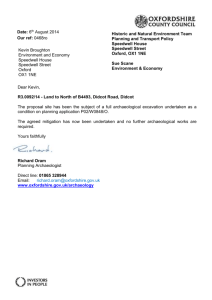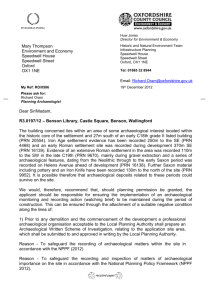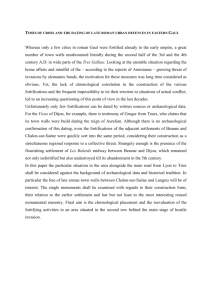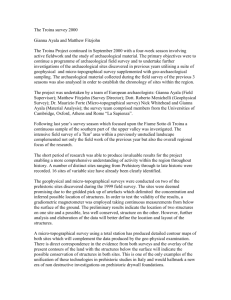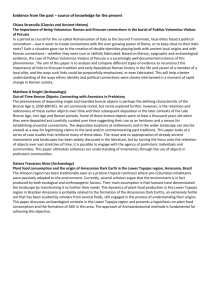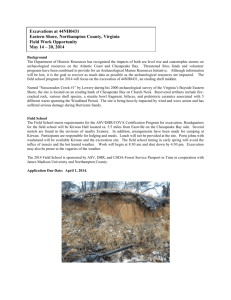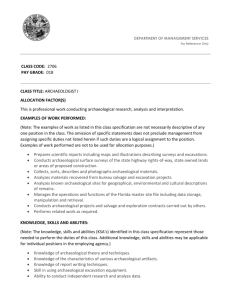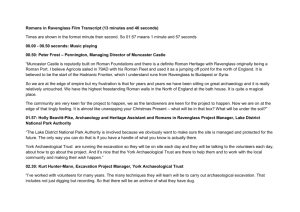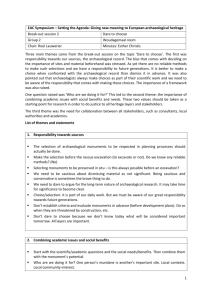Date: 20th November 2014 Our ref: 0669ro Historic and Natural
advertisement
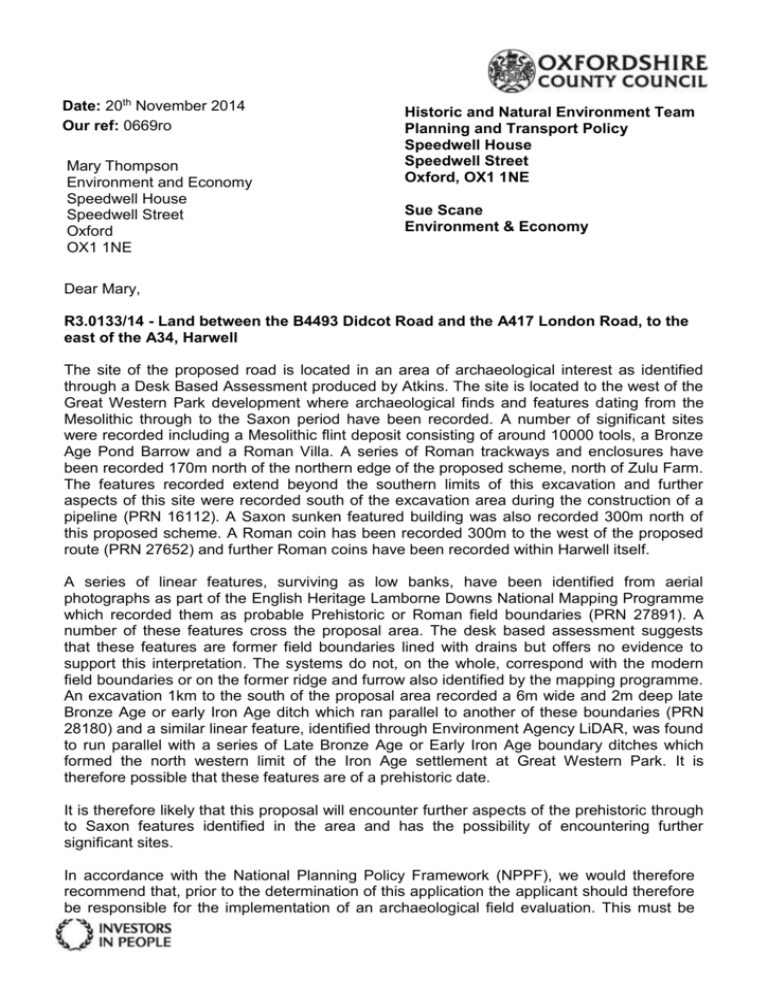
Date: 20th November 2014 Our ref: 0669ro Mary Thompson Environment and Economy Speedwell House Speedwell Street Oxford OX1 1NE Historic and Natural Environment Team Planning and Transport Policy Speedwell House Speedwell Street Oxford, OX1 1NE Sue Scane Environment & Economy Dear Mary, R3.0133/14 - Land between the B4493 Didcot Road and the A417 London Road, to the east of the A34, Harwell The site of the proposed road is located in an area of archaeological interest as identified through a Desk Based Assessment produced by Atkins. The site is located to the west of the Great Western Park development where archaeological finds and features dating from the Mesolithic through to the Saxon period have been recorded. A number of significant sites were recorded including a Mesolithic flint deposit consisting of around 10000 tools, a Bronze Age Pond Barrow and a Roman Villa. A series of Roman trackways and enclosures have been recorded 170m north of the northern edge of the proposed scheme, north of Zulu Farm. The features recorded extend beyond the southern limits of this excavation and further aspects of this site were recorded south of the excavation area during the construction of a pipeline (PRN 16112). A Saxon sunken featured building was also recorded 300m north of this proposed scheme. A Roman coin has been recorded 300m to the west of the proposed route (PRN 27652) and further Roman coins have been recorded within Harwell itself. A series of linear features, surviving as low banks, have been identified from aerial photographs as part of the English Heritage Lamborne Downs National Mapping Programme which recorded them as probable Prehistoric or Roman field boundaries (PRN 27891). A number of these features cross the proposal area. The desk based assessment suggests that these features are former field boundaries lined with drains but offers no evidence to support this interpretation. The systems do not, on the whole, correspond with the modern field boundaries or on the former ridge and furrow also identified by the mapping programme. An excavation 1km to the south of the proposal area recorded a 6m wide and 2m deep late Bronze Age or early Iron Age ditch which ran parallel to another of these boundaries (PRN 28180) and a similar linear feature, identified through Environment Agency LiDAR, was found to run parallel with a series of Late Bronze Age or Early Iron Age boundary ditches which formed the north western limit of the Iron Age settlement at Great Western Park. It is therefore possible that these features are of a prehistoric date. It is therefore likely that this proposal will encounter further aspects of the prehistoric through to Saxon features identified in the area and has the possibility of encountering further significant sites. In accordance with the National Planning Policy Framework (NPPF), we would therefore recommend that, prior to the determination of this application the applicant should therefore be responsible for the implementation of an archaeological field evaluation. This must be carried out by a professionally qualified archaeological organisation and should aim to define the character and extent of the archaeological remains within the application area, and thus indicate the weight which should be attached to their preservation. This information can be used for identifying potential options for minimising or avoiding damage to the archaeology and on this basis, an informed and reasonable decision can be taken. If the applicant makes contact with us, we shall be pleased to provide information on the procedures involved, draft a brief upon which a costed specification can be based and provide a list of archaeological contracting organisations working in the area. Yours faithfully Richard Oram Planning Archaeologist Direct line: 01865 328944 Email: richard.oram@oxfordshire.gov.uk www.oxfordshire.gov.uk/archaeology
